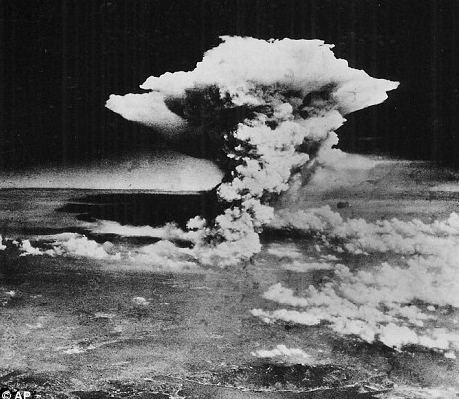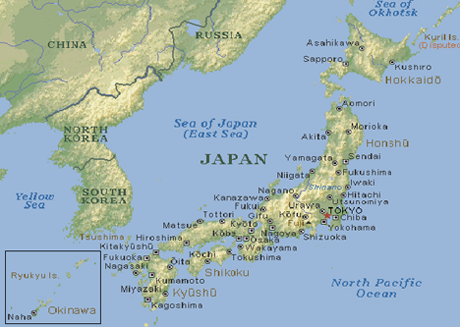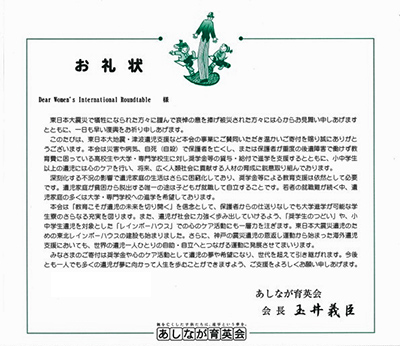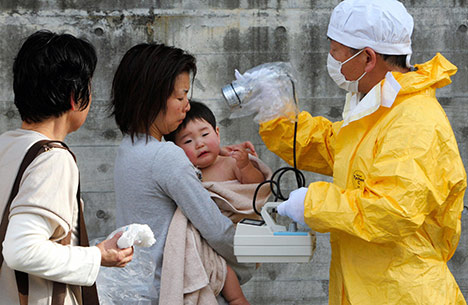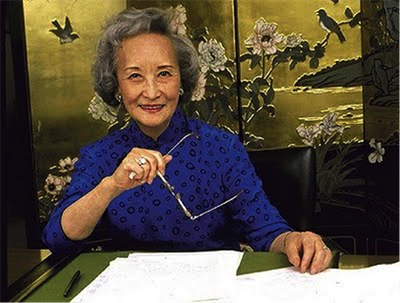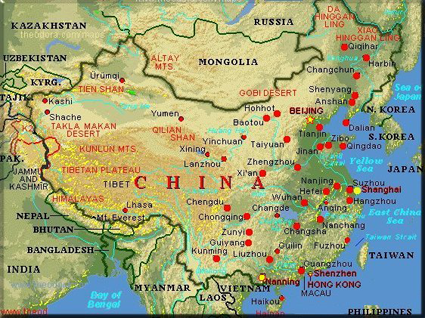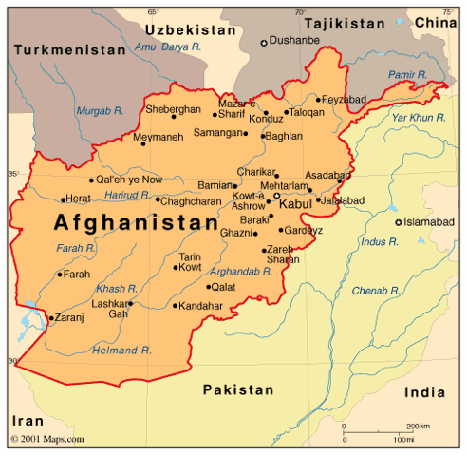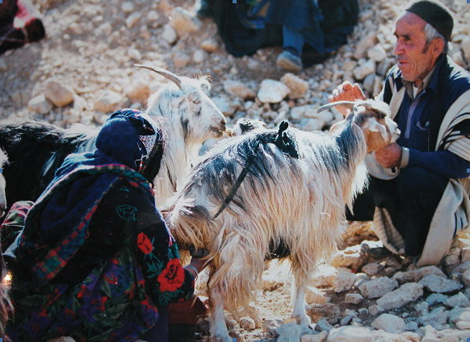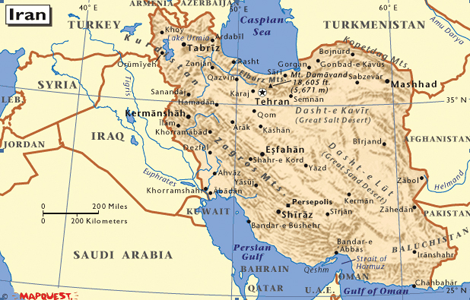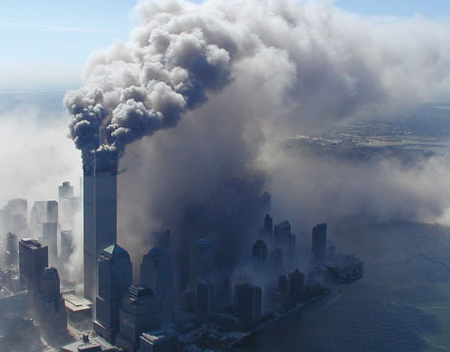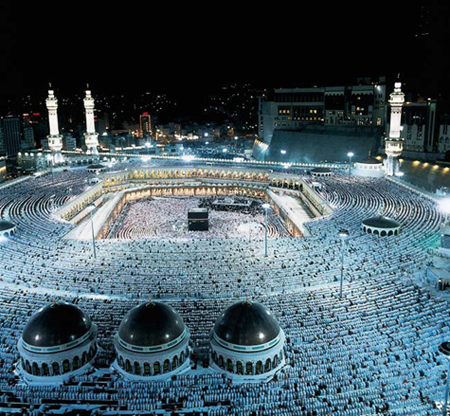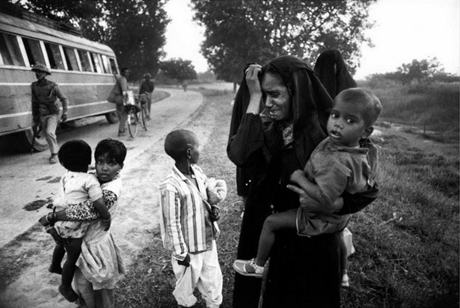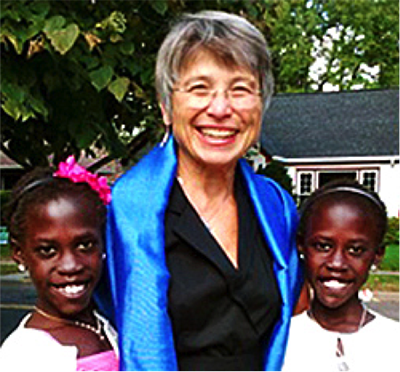INTERNATIONAL FORUMS

WOMEN’S INTERNATIONAL ROUNDTABLE
|
|
FINANCIAL SUPPORT
|
INTERNATIONAL FORUMS & SPEAKERS
“Life and Death In Shanghai” with guest speaker Nien Cheng
Cheng, a native of Beijing, became a best-selling author and internationally renowned speaker with the publication of Life and Death In Shanghai, her autobiographical account of the 6 ½ years she spent in solitary confinement in Shanghai during the Chinese Cultural Revolution from 1966 to 1973. In her harrowing account, published in 1987, Cheng explains how she kept herself alive despite repeated torture, attempts at “rehabilitation,” and near death, and the ways in which she gathered clues about China’s ongoing political upheavals. Cheng, a former diplomat’s wife, was accused of spying for the British “running-dog imperialists,” and was targeted by communist revolutionaries because she and her husband later served as liaisons for British Shell Company. Shell remained in China due to a policy endorsed by communist moderates but rejected by the party’s more radical elements. Freed in 1973, Cheng — “Prisoner 1806” — discovered she had been lied to about the status of her daughter Meiping who had been murdered, and led her own investigation into the circumstances of her death. Cheng was eventually allowed to emigrate to the United States. The Women’s International Roundtable sponsored Cheng’s last public appearance.
“A Doctor’s African Journal” with guest speaker Dr. Cindy Howard, a pediatrician and international health specialist at the University of Maryland. A veteran traveler to East Africa, Dr. Howard spearheaded the extraordinary medical mission in May 2002 to bring 4-month-old conjoined infant twins from Uganda to the United States to be surgically separated. The operation, which involved a 35-member medical team, drew the attention of the national media including Time magazine and NBC’s Dateline. Christine Ajone and Loice Senema, who were attached from the navel to the breast born and shared a major vessel to the heart, were born in Arua district, Uganda. Operated on at the University of Maryland Medical Center, they were the first conjoined twins from Uganda to be successfully separated, and returned home. In her talk Dr. Howard also addresses the larger issues of health care in Africa, including epidemiology, nutrition, agriculture, and medical infrastructure.
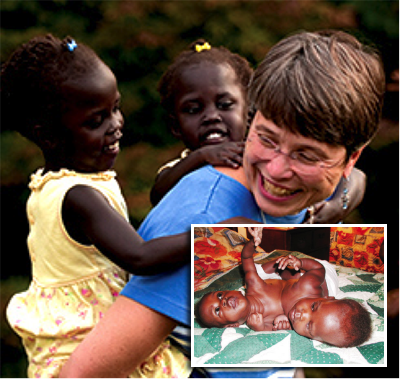
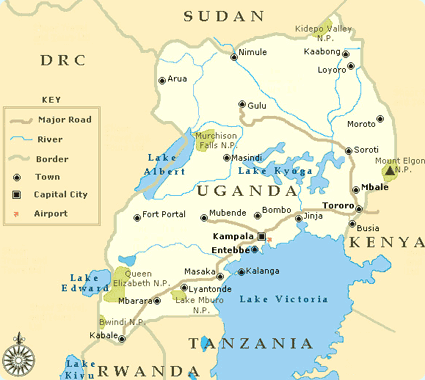
“Afghanistan’s Dilemma and the Prospects for Afghan Women” with guest speaker Fahima Vorgetts. Vorgetts grew up in Afghanistan and earned a chemistry degree at the University of Kabul, in the country’s capital. In 1979, at the age of 25, she fled when the Soviet Union invaded Afghanistan. A tireless spokeswoman for the dispossessed women and children of her country, Vorgetts co-founded the Humanitarian Organization for Orphans and Widows in Afghanistan and continues to travel regularly to Afghanistan with medical supplies, clothing and other necessities for families in need (receiving threats from the Taliban in response). Vorgetts has opened new schools for girls and initiated literacy programs for women, as well as provided financial support for village irrigation systems and clinics. In her talk Vorgetts explores the so-called “great game” in the 19th century played by western imperial powers as they vied for control of Afghanistan, the rise of the U.S.-backed mujahaddin with the Soviet invasion of 1979, and the rule of the Taliban in the 1990s after Soviet withdrawal. She has personally witnessed the power politics of Afghan warlords outside Kabul and the Taliban’s devastating impact on civil rights, and stresses the need for greater financial backing for Afghanistan’s fragile civil infrastructure. She assesses the still uncertain future of Afghan democracy – and the harsh and debilitating conditions for Afghan women and children. Vorgetts is director of the Afghan Women’s Fund and serves on the board of Women For Afghan Women.
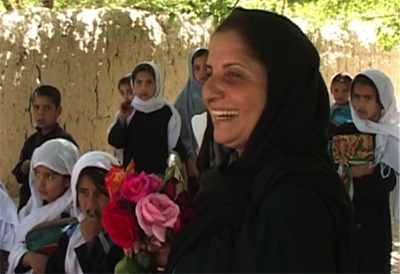
“Global Medical Crisis Management and the World of Doctors Without Borders (Medecins Sans Frontieres)” with Esther Moring, international health care expert. Moring takes an insider’s look at the human stakes, medical science, and logistical challenges in managing global medical emergencies. For several decades Moring has traveled with Doctors Without Borders to medical hotspots across the globe, honing her nursing and leadership skills to help contain the ebola virus in Uganda, care for the war-wounded in Sierra Leone, and nurse across war lines in Sri Lanka. She speaks about her experience as a healer in a world of wounds, describing her work in life-threatening environments, the sometimes inadequate protection and medical supplies that must be worked with, the incalculable suffering of the victims, and why she continues her globetrotting work on the frontlines of political conflict, debilitating disease and natural and manmade disasters. The Geneva-based organization was created in 1971 following the Biafra secessionist crisis and now has an international staff of over 25,000 who work in over 60 countries, caring for victims of natural catastrophe, war, malnutrition, and epidemic disease outbreaks, the socially marginalized, and for those without access to medical infrastructure.
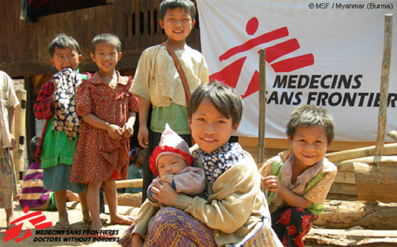
“A Journey to Iran with Iranian Film Premiere” with author and television host Lailee Bakhtiar. Bakhtiar was born in the United States to an American father and an Iranian mother. As an adult Bakhtiar returned to the homeland of her mother to meet her extended family there, learning the ways of the Bakhtiari tribe, from which her family name derives. One of the world’s oldest nomadic tribes, the Bakhtiari are known for their annual eight-week 200-mile trek across the lands of former Persia, a journey described as “one of the most hazardous tests of human endurance known to mankind.” In a mountain range with no roads or bridges, half a million Bakhtiari scale 15,000-foot peaks barefoot and cross rapids on the back of bloated goat skins to reach summer pastures and avoid famine, accompanied by one million herded animals. Bakhtiar joined part of the annual migration of her ancestral people across the Zagros mountain to life-sustaining pastures, and in the process discovered roots very different from those she had in America. Bakhtiar produced and hosted the award-winning PBS literary book television program Authors and Critics and has interviewed Isabel Allende, Anne Lamott, Ken Follett, and Pulitzer Prize-winning Oscar Hijuelos. In a subsequent program Bakhtiar premieres her film short about the Bakhtiari, Ode to the Whorl.
“Saving Village Economics: The Work of Heifer International” with guest speaker Betsy Wilhelm of Heifer International. Since its official founding in 1944, Heifer’s mission has been to preserve village economies with its extraordinarily successful model of providing livestock, agricultural training, and agricultural inputs to impoverished families to sustainable agriculture and commerce, community development, and income. In 1936 the American founder of Heifer International Dan West traveled to Spain as a relief worker during the Spanish Civil War. Portioning out milk rations to children he thought, “These children do not need a cup, they need a cow.” In the global recovery following WWII, West’s idea led to a movement of American farmers carrying cattle, goats, chickens and other livestock on boats – “arks” – to countries across Europe and Asia. (Even planes got incorporated, as in a 1954 mission which brought 100 goats, 600 rabbits and 1.5 million bees to Korea.) In its unique “passing on the gift” tradition, the families are expected to pass on the first offspring of their gift animal to neighboring families. The Women’s International Roundtable donated funds for the purchase of two water buffaloes delivered by Heifer International to coastal Indonesian families following south Asia’s 2004-2005 tsunami disaster. The Roundtable also financially supported agricultural and fish production projects in Haiti after its 2010 earthquake. Heifer has worked in more than125 countries, serving 79 million people.
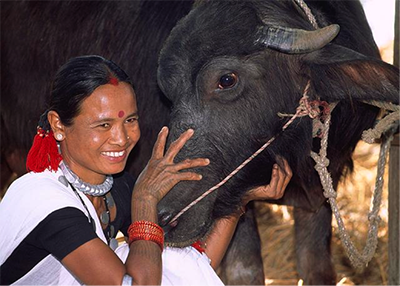
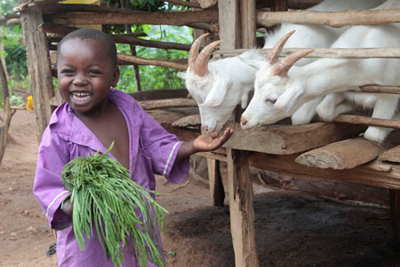
“The 9/11 Attacks and the Explosion of Books On Islam” with guest speaker Mary Adams. Adams, former Special Events manager at Barnes and Noble, looks at the post-9/11 outpouring of books on Islam, the Middle East, religious fundamentalism, and women and Islam. Adams explores specific titles and themes that shine light on the complex religious, political, military and diplomatic background and consequences of the four coordinated bomb attacks on September 11, 2001 in New York and Washington D.C. that caused the deaths of 2,852 Americans and foreign nationals and 125 Pentagon officials. To what extent are militant Islam and modern fundamentalism reflections of historic Islam? To what extent are they reactions to western secularism and overreaching economic power? What shapes today’s divisions between the world’s ultra-conservative Islamic regions, nations and factions, and reform-oriented ones? How moderate or extreme is sharia law, given that Muslim nations use it selectively and interpret it differently, applying it in full in some cases (as in Saudi Arabia and Pakistan), in part in others (combined with secular law, as in Egypt and Jordan), or not at all (where it has been replaced by a fully secular legal system, as in Turkey and Kazakhstan)? With sectarian violence plaguing Islam’s two main branches – Sunnis constitute 80-90 percent of Muslims worldwide and Shiites 10-20 percent – can these religious and political rivals be reconciled? The explosion of books on Islam addresses neglected tribal, imperial, national, and global histories of Islam, a rapidly transforming world religion, and the newly radicalized movements that we are all compelled to understand.
“Film, Art and Propaganda in Maoist and Post-Maoist China” with guest speaker Tianhong Ge. Ge, a native of Beijing and instructor at the Defense Language Institute in Washington D.C., discusses life in China and her family’s personal experiences, from the rule of Chairman Mao Zedong from 1949 to 1976, to the changing of the guard after Mao’s death and the rise of economic reformer Deng Xiaoping and China’s “second generation” leadership which fostered China’s turn towards a socialist “market economy,” followed by the 30-year transformation of China into the world’s second largest economy. Ge uses the film Wode Fuqin Muqin (“My Father and Mother),” known in English as The Road Home, by internationally acclaimed Chinese film director Zhang Yimou, as a lens through which to look at her country’s traditional village culture and values in the context of modern communist history and ideology.
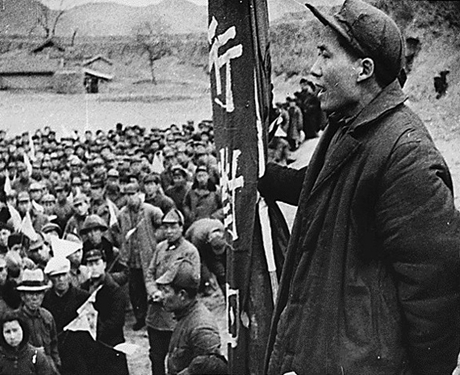
“History and Culture of Modern Italy” with journalist Priscilla Hart. Hart, who worked eight years in Rome, Italy, discusses modern Italy’s 19th-century Mafia roots, the cultural divide between Italia del sud and Italia del nord resulting in northern secessionist movements, Italy’s diaspora populations in Europe and the Americas, and the entrenched culture of Catholicism, the closely knit extended family, and machismo. King Vittorio Emanuele, dubbed “Padre della patria” (“father of the homeland”), unified Italy in 1861, and the country began its ascent as a powerful industrialized nation and an aspiring empire in northeast Africa and the Mediterranean. Following unification and later the Depression, Italians left the country in one of the largest migrations in modern history. The Mafia grew in strength, their hegemony finally challenged in the 1980s by populist and legal movements in both north and south. Meanwhile, the Vatican underwent its remarkable transformation from a Eurocentric institution with temporal power in Italy to a globally recognized spiritual and political force. With a population of approximately 800 and an area covering .2 square miles, Vatican City is the world’s smallest state, reduced to its postage stamp size when newly unified Italy expropriated its land holdings — the so-called Papal States in central Italy existing from 756 to 1870. Rejecting diplomatic relations with new state, the Pope chose to remain a “prisoner” in the walls of the Vatican until a rapprochement was reached in 1929 with Benito Mussolini. From that time on the Church both challenged and embraced modernity. Franco Brusati’s film Pane e Cioccolata (Bread and Chocolate) is used to vividly recreate one diaspora story as Italian immigrant Nino Garofalo travels to Switzerland to work and ends up living on the margins of Swiss society in a chicken shack.
“Rape, Murder and the Aftermath of Bangladesh’s Independence Movement in 1971” with guest speakers Jahanara Hasan. Hasan, a native of Bangladesh, looks first-hand at the birth of her country when East Pakistan attempted to secede from West Pakistan. Bangladesh gained its independence from Pakistan in 1971 in a nine-month bloodbath that left an estimated 1.5-3 million people dead and 200,000 to 400,000 women raped. According to some accounts, at no time in history has wartime rape occurred at so high a rate. Hasan, a university teacher and pregnant at the time with her son, fled Bangladesh and eventually settled in the United States. Hasan explores the current events and modern history of one of the world’s poorest and most overlooked nations. Today Bangladesh remains gripped in violence as it continues on its turbulent path towards democracy. It also quietly gains international recognition as an emerging “hotspot” for Islamist terrorism. Hasan also helped to found the first center for homeless and abused women and children in Bangladesh’s capital Dhaka. Rescheduled.
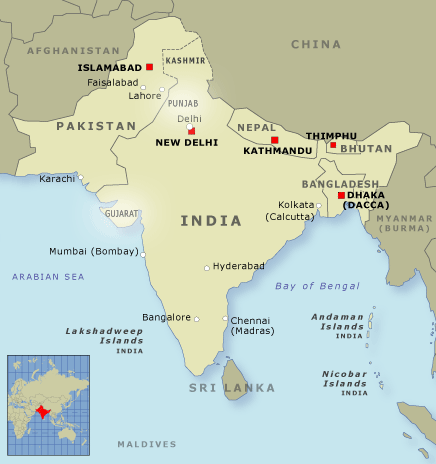
“Women and Islam” (Two-Part Forum) with journalist Priscilla Hart. Hart facilitates forums on the history of Islam and its complex and contradictory relations with women, using two recent studies: Geraldine Brooks’ Nine Parts of Desire; The Hidden World of Islamic Women, and Karen Armstrong’s Mohammad, A Biography of the Prophet. Brooks, a journalist, traveled to Iran, Iraq, Saudi Arabia, Ethiopia, Jordan and Egypt, to examine the diversity of women’s legal status, education opportunities, and their roles in politics and family life. Brooks also witnessed firsthand the devastating effects of female genital mutilation (FGM) among Muslims in northern Africa (not exclusively practiced by Muslims there). In iconoclastic fashion, Brooks draws attention to the advancements for women that westerners typically do not know about, as well as Islam’s better known discriminatory and brutal customs: while Iran has women parliamentarians and court justices, and women in Egypt work outside the home, Saudi Arabia still enforces strict legal restrictions on women, and up to 20 percent of Muslim women live in areas where FGM is allowed. Brooks contrasts some of the reforms instituted in Mohammad’s time for women with regressive practices in the modern era. She interviews women of power — the Queen of Jordan and Ayatollah Khomeini’s wife — and powerless women, in villages in eastern Africa and throughout the Middle East. In Mohammad, A Biography of the Prophet, religious historian Karen Armstrong presents an accessible narrative on the founder of Islam which includes the nascent faith’s treatment of women in 7th-century tribal Arabia.
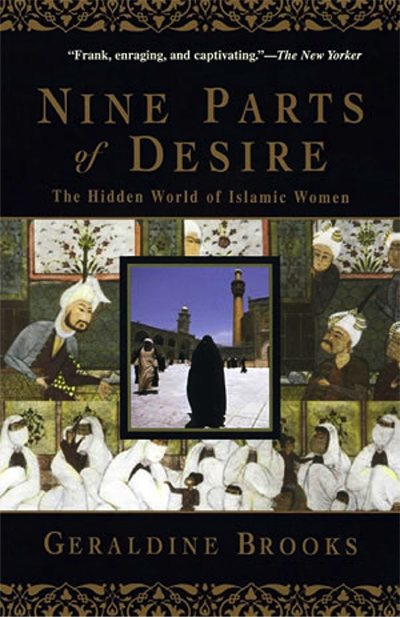
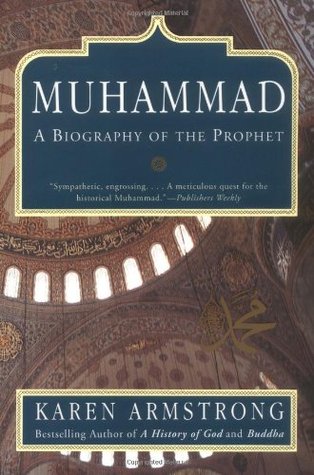
“The Future of Food” with guest speaker Margaret Wright, nutritional consultant and biologist. Wright explores the challenges facing us in a world of industrialized food and nutrition. Wright, originally from Jamaica, came to the United States to pursue studies in biology at Fordham University, and became interested in the neglected role of food and food science in medical science and treatment. In her talk Wright focuses on the emerging world of genetically modified organisms (GMOs) and how new genetically recombined foods are being marketed without sufficient scientific knowledge or consumer awareness of their potential impact on the environment or our bodies. “Transgenic plants,” or GM plants, are created when genetic material from other species are forced into their DNA, purportedly to make them more “successful” crops, with herbicide- and insect-resistant traits. The first GM crop introduced to the market was a US-engineered tomato in 1994. By 2003, less than a decade later, an estimated 70 to 75 percent of American processed food contained GM ingredients. The overwhelming number of corn, cotton, sugar beet and soybean crops in the US are now transgenic. While Europe still has few GM crops, and is debating their use, dozens of developing countries have adopted GM crop technology. Opposition in rising in regions like India and in other impacted countries, plagued by superweeds, new insect predators, the costs of GM products, and depleted natural seed supplies. The Future of Food, a feature-length film about the agriculture and politics surrounding GMOs, will be shown. The controversial film has been credited with helping to get passed county statutes in California that forbid the production of genetically altered crops and animals. The film moves from the vast wheat fields of Saskatchewan, Canada to seed banks in Mexico in an effort to show the scale of what some have called the most massive biological experiment in history.
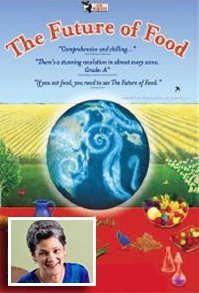
“India’s ‘Bollywood’ and the Culture and Themes of Indian Cinema” with guest speaker Raj Williams. Williams, born in Bangalore and educated in architecture and urban planning in India and the United States, looks at the cinematic subjects and devises used by filmmakers in India’s enormously successful and popular movie-making industry, known worldwide as “Bollywood.” Star-crossed lovers, Hindu-Muslim conflicts, ancient and modern Indian history, tensions between traditional and modern values, and dazzling Indian musical scores are some of the themes Williams examines through the lens of the film Gadar: Ek Prem Katha (Revolt: A Love Story), a tortured romance set at the time of the 1947 India-Pakistan Partition. Featuring a Sikh truck driver who falls in love with an aristocratic Muslim he saves during a Hindu-Muslim riot at the time of the Partition, the film exposes the tensions of an inter-ethnic marriage against the backdrop of the bloody separation of Pakistan from India, when Muslims fled India for Pakistan and Hindus and Sihks fled Pakistan for India, both sides instigating mass riots and train burnings resulting in death and destruction. In 1947, when the British Indian Empire dissolved, the decision to separate Muslim-dominated Pakistan from Hindu-dominated India involved one of the largest migrations in modern history, with 12 to 14 million crossing the new India-Pakistan border, 14.5 million displaced, 200,000-1,000,000 dead, and tens of thousands of women raped.
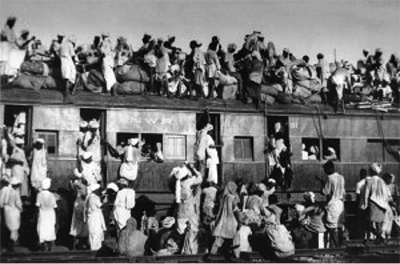
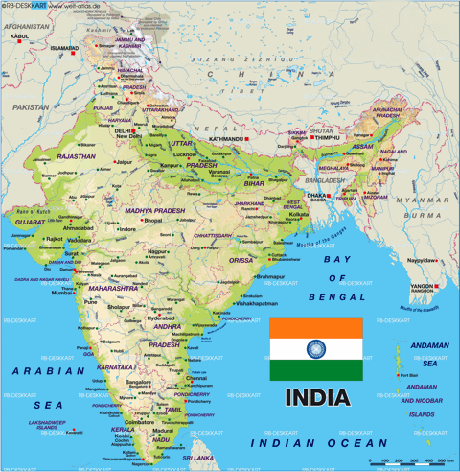
“The Arts of Traditional China: Traditional Dance, Music and Calligraphy” with guest speakers and performers Lu Quanhua and Fan Xiaobiao. Lu, trained in traditional Chinese dance while growing up in China, moved to the United States where she continues to teach Chinese dance. Fan became interested in calligraphy as an adult and mastered the art while in America. The two artists share their art forms and their perspectives on the renaissance of interest both in China and abroad about Chinese traditional arts and culture, which were challenged and suppressed during the Maoist era as vestiges of a privileged past. After Mao’s death in 1976 and the end of the Cultural Revolution, Chinese artists began to perform and exhibit internationally; domestically, art centers were reestablished, professional organizations of musicians revived, and art journals and exhibits reinstated. Calligraphy, considered one of China’s highest art forms, was again taught. Traditional arts resurged, and are now proudly embraced as emblems of China’s modern identity and ancient civilization. To maintain their connection with these millennia-old art forms, Chinese Americans families have formed their own weekend “schools” across America to explore these ancient traditions together.
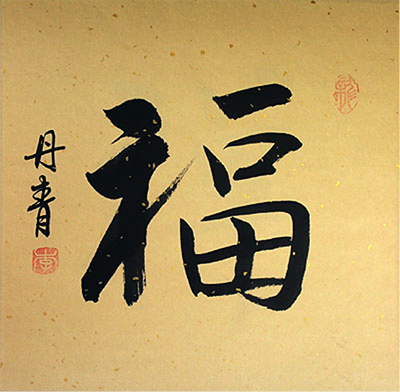
“Reflections on Afghanistan, Past and Present” with guest speaker Professor Soheila Ghaussy. Ghaussy, born in Afghanistan and now a professor at Baltimore’s Maryland Institute College of Art, presents an overview of Afghan modern history stretching from the early 20th century to today’s wartime circumstances to give a larger context for understanding the contemporary challenges of her country. Joined by Dr. Alicia Lucksted, a senior research associate at the University of Maryland Medical School and a specialist in women’s studies, Ghaussy examines the dilemmas of Afghanistan as a country where imperial land-grabbing has made the country highly suspicious of foreign intervention, and deep poverty, made worse by war and drought, has exacerbated the problems of Afghanistan’s largely rural population and women in particular. Today Afghanistan is considered one of the world’s poorest countries with a life expectancy of 45 years. By some accounts, Afghanistan has one of the highest rates of infant morality, with one of every four children dying before the age of five. Up to 3.5 million Afghans live in refugee camps outside the country, the large refugee population in the world. Ghaussy and Lucksted look at the efforts underway to provide literacy education, vocational training, and health care to Afghan women and their families. Notes Lucksted: “In the countryside there is still rape, brutalization and danger.”
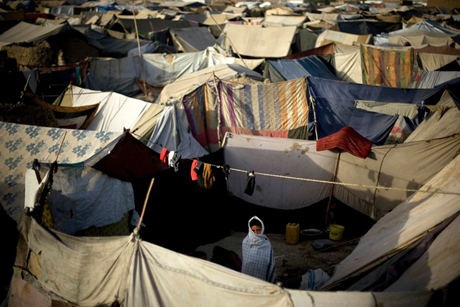 AP/Emilio Morenatti
AP/Emilio Morenatti“Allah’s Path: A Discussion with Women Who Live by the Tenets of the Muslim Faith” with guest speakers from Washington, Baltimore and Annapolis Muslim faith communities. Representing varied backgrounds from Pakistan, Yemen, Sudan and Afghanistan, our guest participants include college professors, science researchers, and mothers at home. In this forum they discuss the personal roots of their faith, the ways their understanding of “authentic” Muslim values diverge, their critiques of Islam, and the influence of tribal, imperial and national histories and culture in the shaping of Islam and modern-day fundamentalism. Ideally, Islam presents woman as “co-equal” to man and the advent of Islam prohibited the practice of female infanticide and elevated the status of women relative to earlier Arabic culture. But attitudes towards women have more often been shaped by existing cultural norms than religious ideals. To what extent has the Koran been used to support or discriminate against women? How effective have modern reform movements been? Can practices such as stoning for adultery, legally allowed in Afghanistan, Iran, Nigeria, Pakistan, Sudan, and the United Arab Emirates eventually be eliminated, as they are in Malaysia, Tunisia, Turkey, Morocco, and Algeria? These and other questions are considered, as well as the future prospects and challenges facing global Islam and Islam in America.
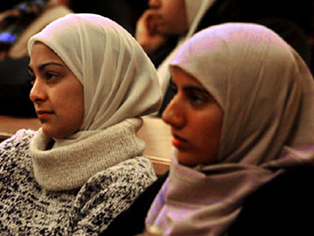
“A Doctor’s African Journal Continues” with guest speaker Dr. Cindy Howard. Dr. Howard, who gained national attention in 2002 when she arranged the surgical separation of infant twins from Uganda at the University of Maryland, tells the compelling and tortured post-surgery story of the two twins whose lives she saved. On a trip to Uganda last year, Howard found the now separated twins no longer with their family and left in an orphanage in Ninja due to poverty and the inability of the parents to care for them. Howard chose to officially adopt them in 2003. She discusses her continued medical involvement in this war-devastated east African country and her new life as the mother of African-born daughters. Dr. Howard currently directs Global Health Education at the University of Minnesota Department of Pediatrics. She also supervises the International Adoption Clinic at the University of Minnesota, the first clinic in the U.S. to offer pre- and post-adoption medical reviews for children adopted from overseas.
The Hiroshima Project.The Hiroshima Project, headed up by Sachiko Entwistle, a native of Osaka, Japan and a U.S. citizen, extended over three years and involved coordinating area students to make and send a 1000-origami crane garland to Hiroshima for the city’s annual August 6th commemoration of the dropping of the atomic bomb on that date in 1945. Hiroshima’s commemoration also honors Sadako Sasaki, a girl from the city who was two at the time of the bombing and died ten years later in 1955 of leukemia, then dubbed “the A-bomb disease” because so many Japanese succumbed to it. In the 1950s, a tradition emerged worldwide to assemble 1000-crane garlands for the Children’s Peace Monument which stands at the center of the city. According to Japanese tradition, 1000 cranes are a sign of longevity and good fortune. Before her death, Sasaki began folding 1000 cranes, a job completed by her classmates. The Hiroshima Project garland was personally delivered by U.S. Consul JoAnne Livingston to Yasumaro Yoshinaka, then chairman of Hiroshima Peace Culture Foundation. The Hiroshima Project was featured in the Washington Post, the Baltimore Sun and the Japanese newspaper Chikogu Shimbun.
http://www.globalzero.org/get-the-facts
http://www.psr.org/nuclear-weapons/nuclear-weapons-policy-2.html
http://www.psr.org/nuclear-weapons/nuclear-weapons-policy-2.html
